Never miss an offer or update. You can unsubscribe at any time.
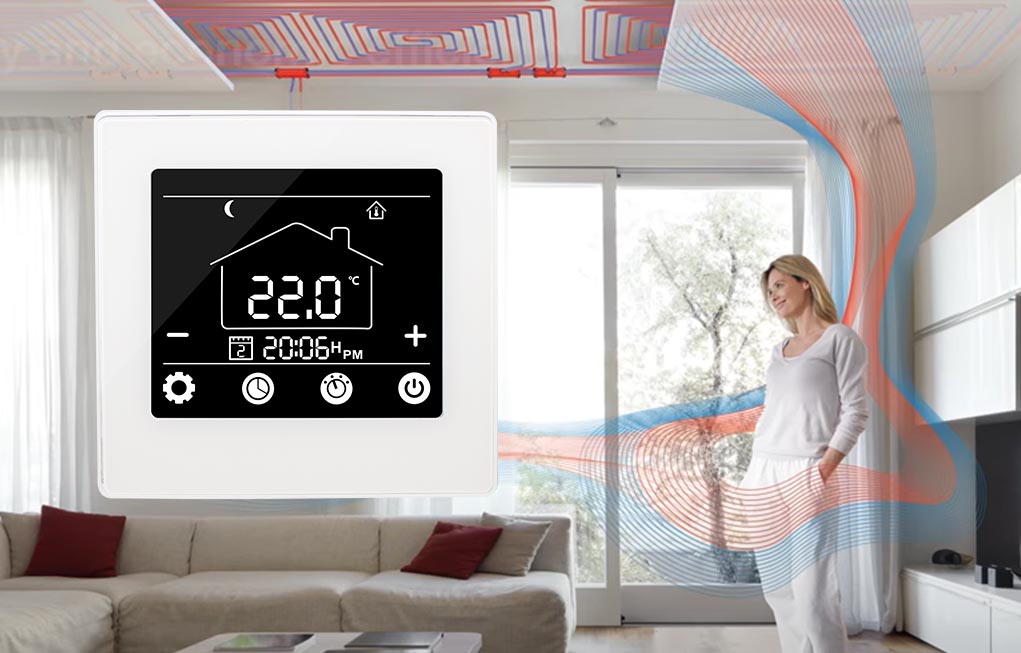 How Does a Digital Thermostat Work?
How Does a Digital Thermostat Work?
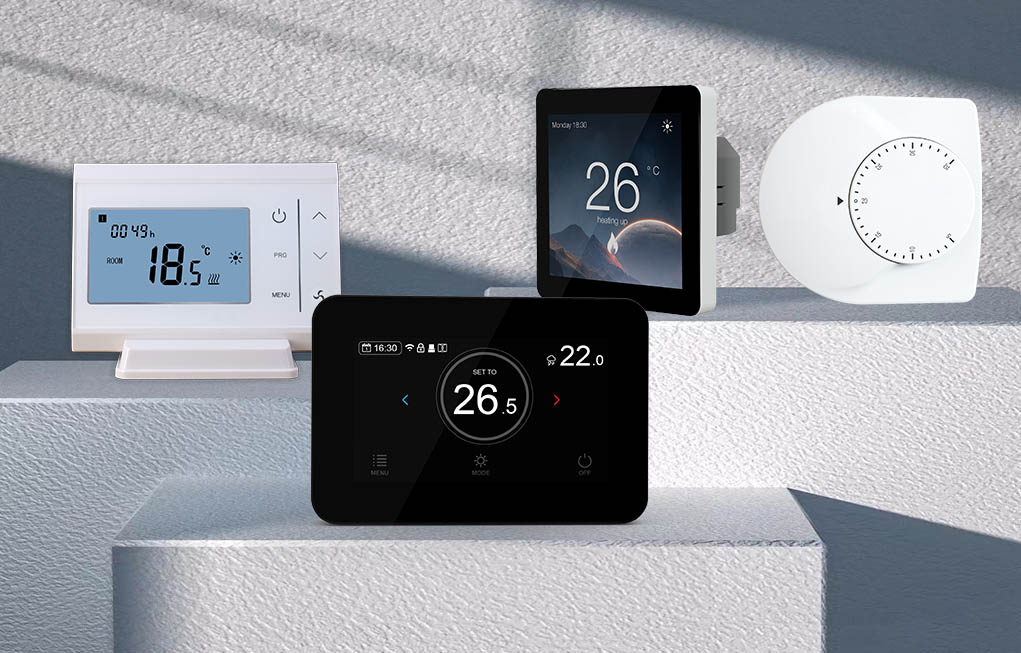 Types of thermostat
Types of thermostat
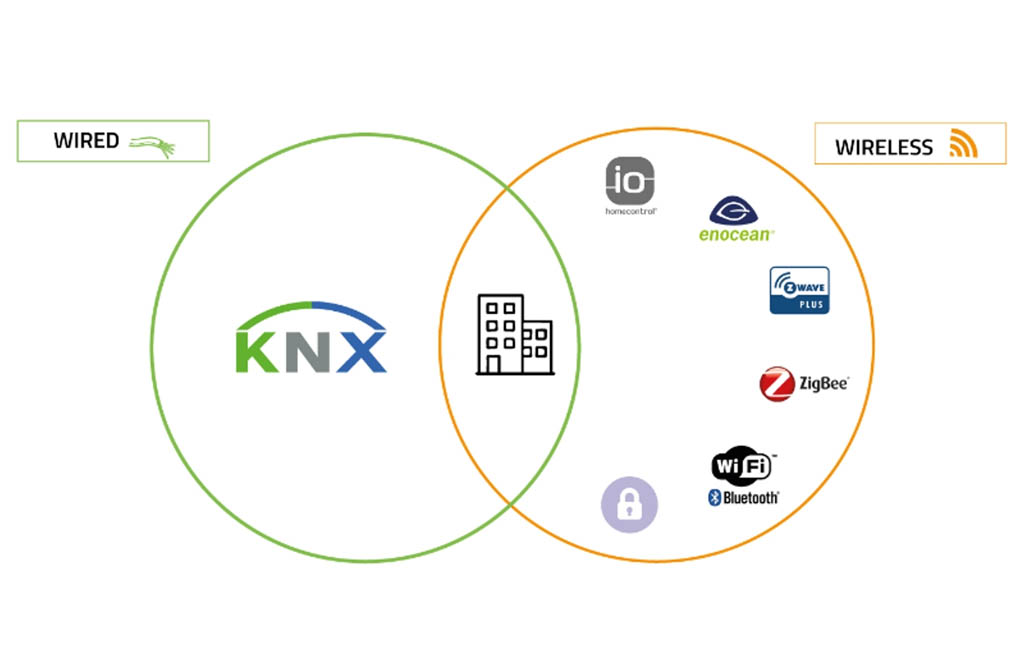 Options to Consider the KNX Thermostat
Options to Consider the KNX Thermostat
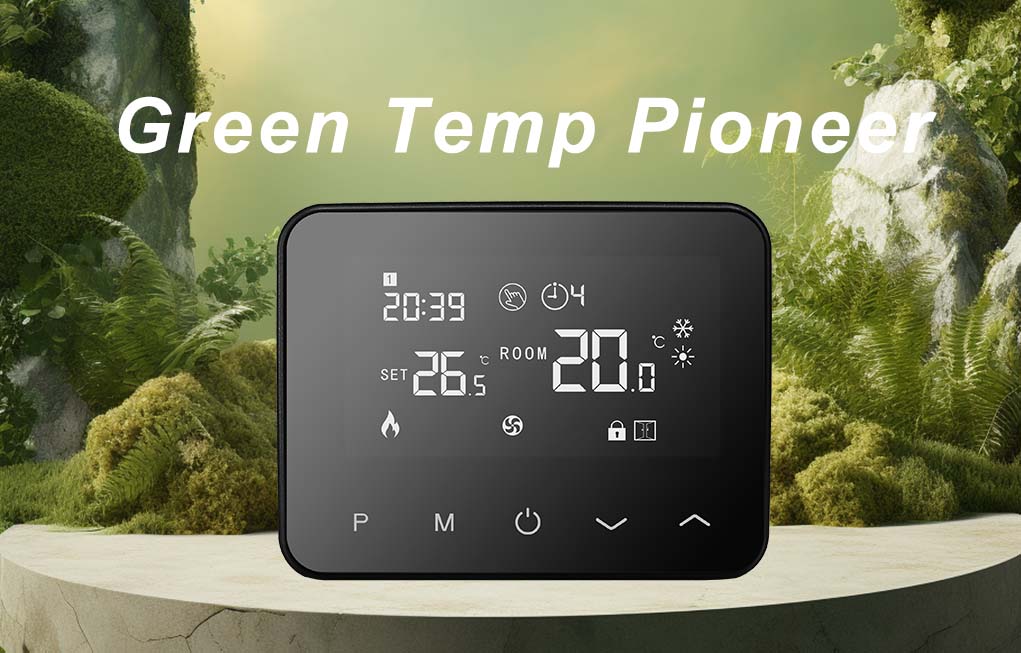 E-Top Temperature Control Leading the Global Green Revolution in Home Temperature Control
E-Top Temperature Control Leading the Global Green Revolution in Home Temperature Control
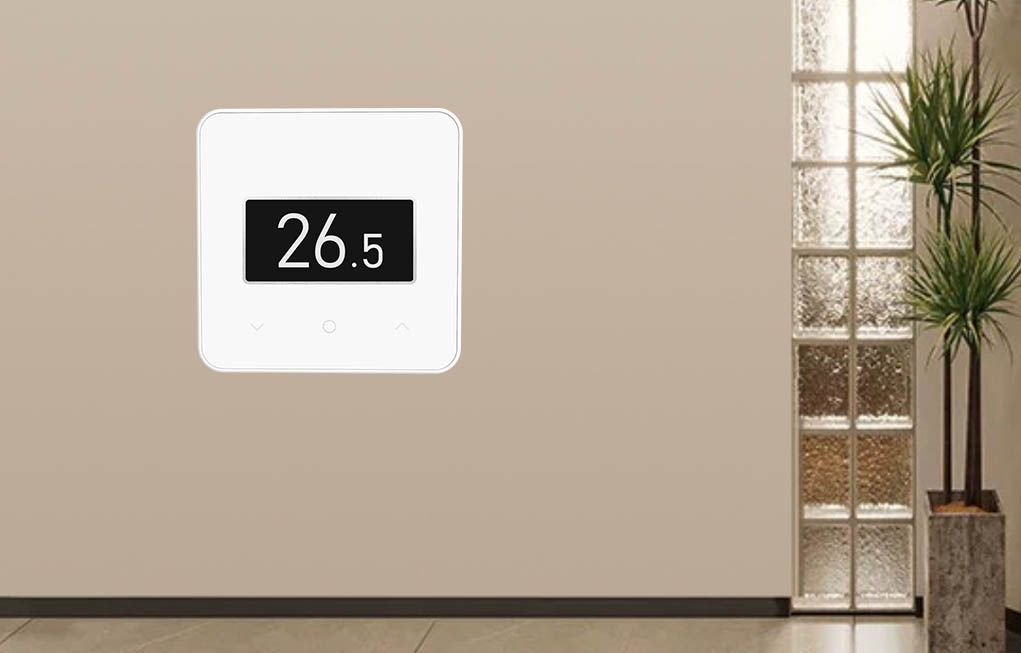 How to set room thermostats--method and principle introduction
How to set room thermostats--method and principle introduction
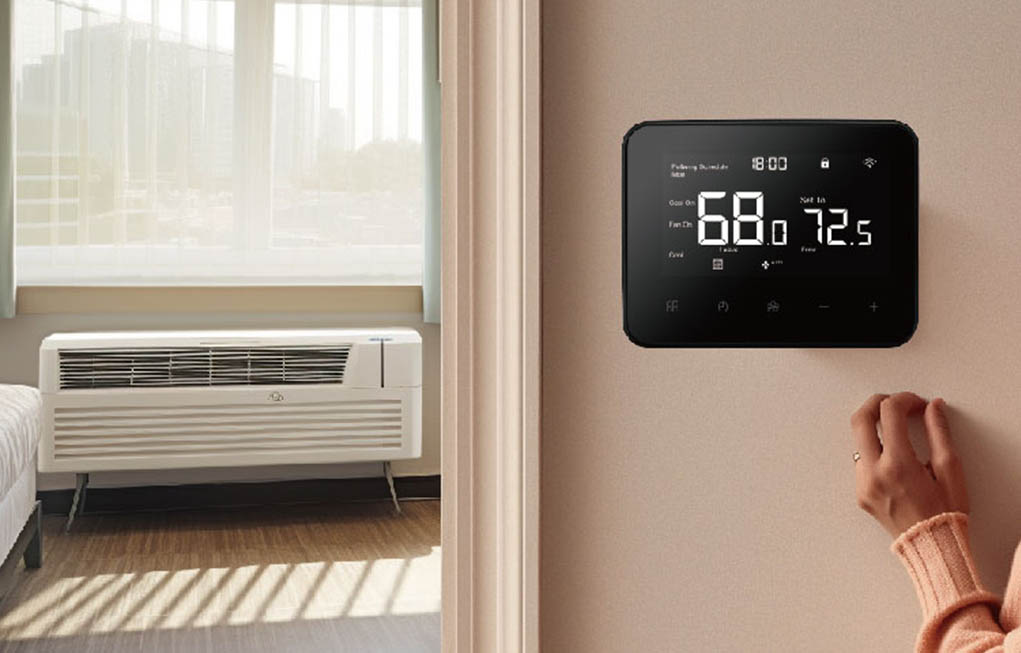 How to Choose a Universal PTAC Thermostat?
How to Choose a Universal PTAC Thermostat?
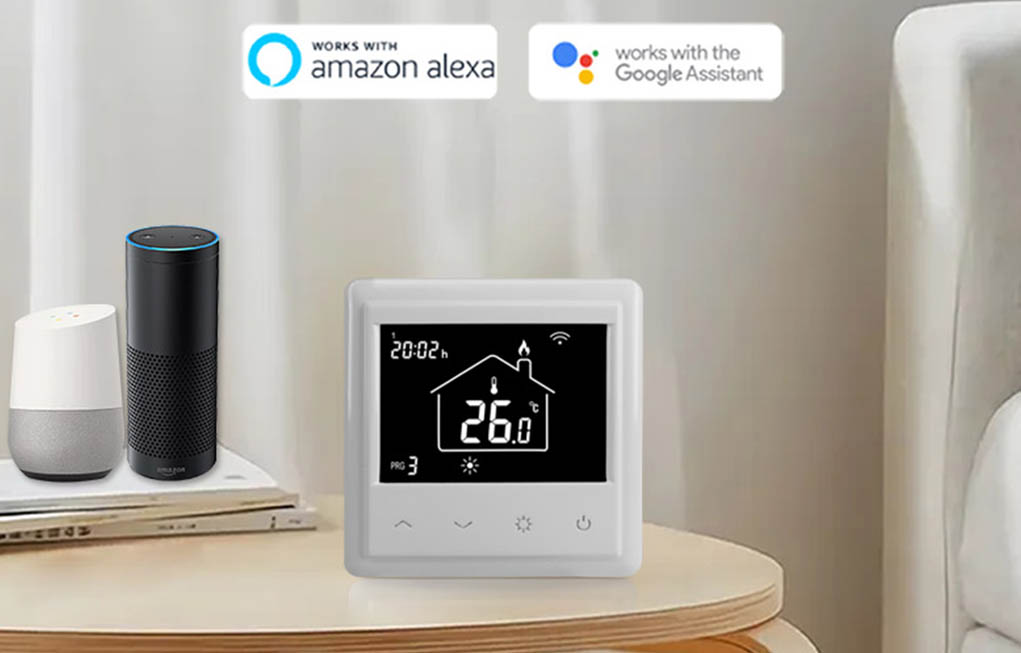 E-top Controls Underfloor Heating Thermostats
E-top Controls Underfloor Heating Thermostats
 E-TOP: Focusing on high-quality thermostats, continuously investing in R&D and production upgrades
E-TOP: Focusing on high-quality thermostats, continuously investing in R&D and production upgrades
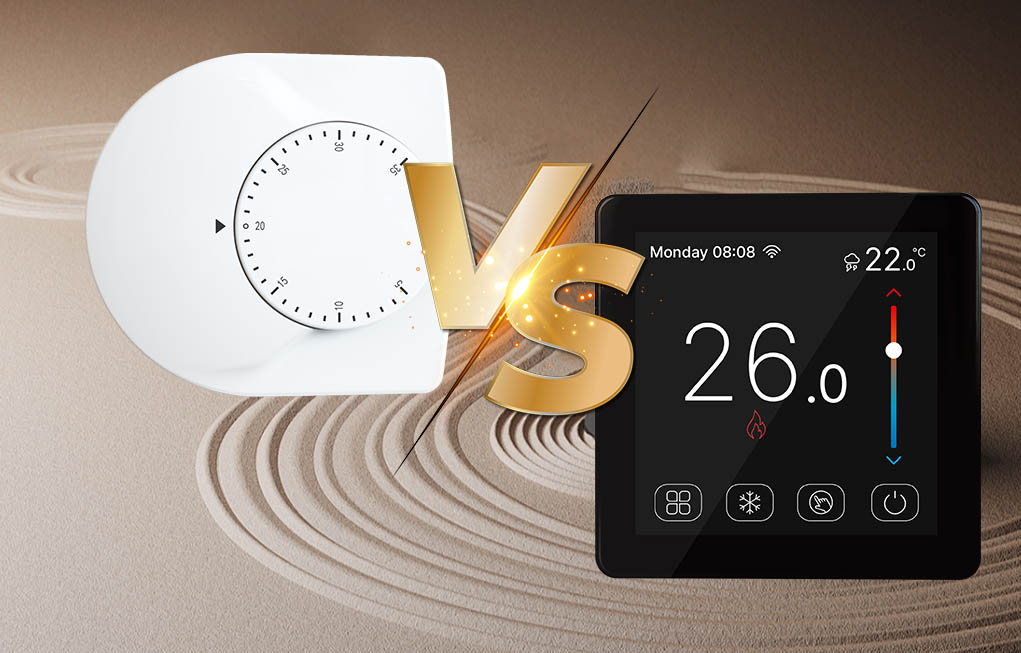 How Mechanical Knob Thermostats Differ From Smart Programmable Controllers
How Mechanical Knob Thermostats Differ From Smart Programmable Controllers
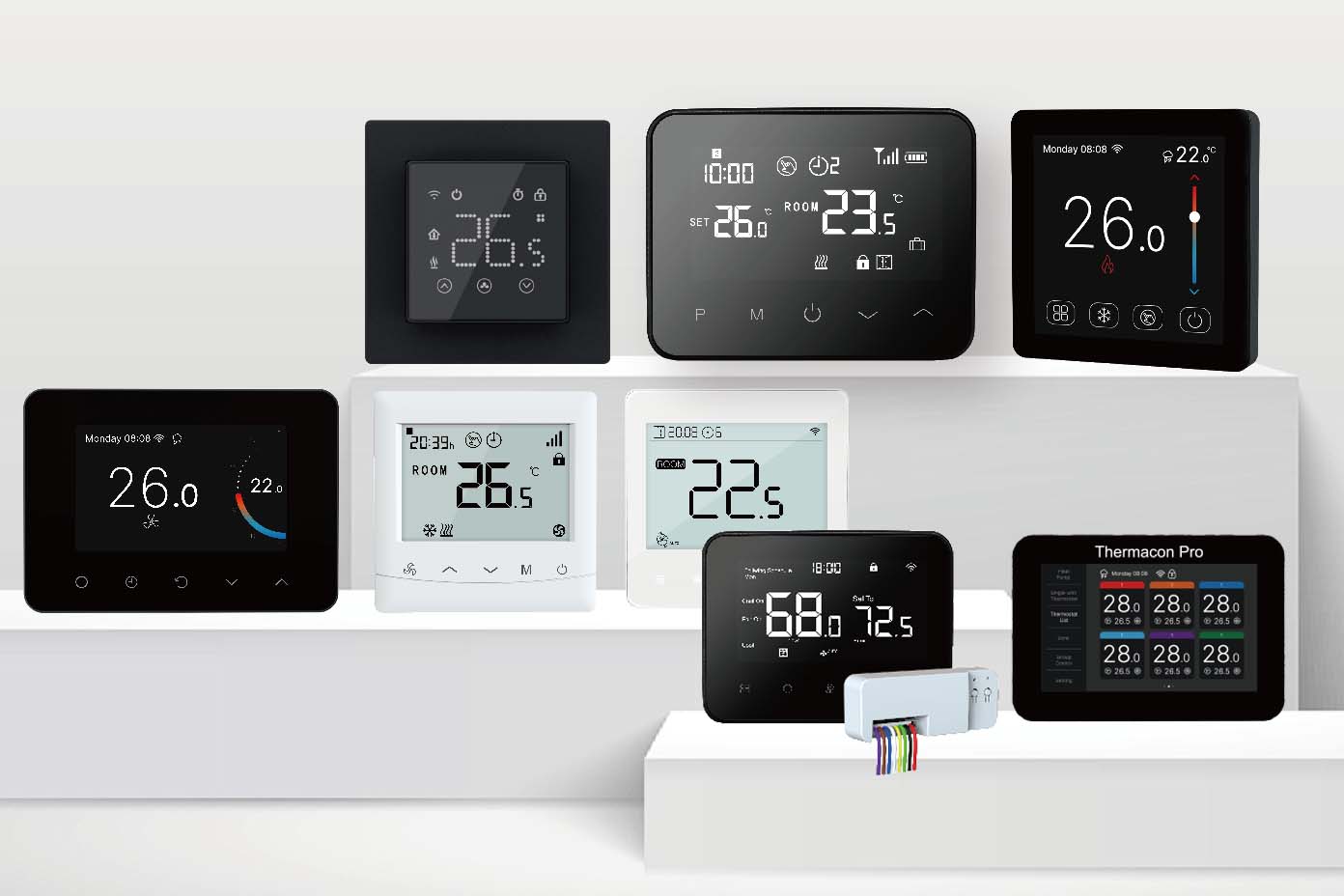 Advantages of European Room Thermostats
Advantages of European Room Thermostats
 Address:No.6 of Tong'an Industrial Park, Meixi Rd,Tong'an District, Xiamen China 361100
Address:No.6 of Tong'an Industrial Park, Meixi Rd,Tong'an District, Xiamen China 361100 Phone:+86 0592 6155792
Phone:+86 0592 6155792 Email:info@etopcontrols.com
Email:info@etopcontrols.comNever miss an offer or update. You can unsubscribe at any time.

